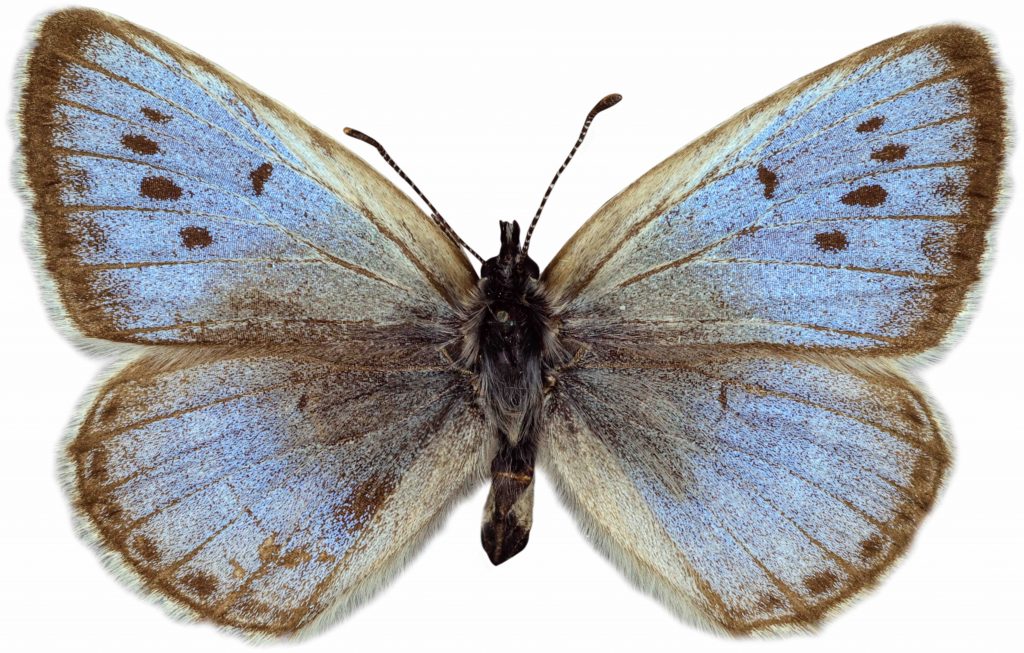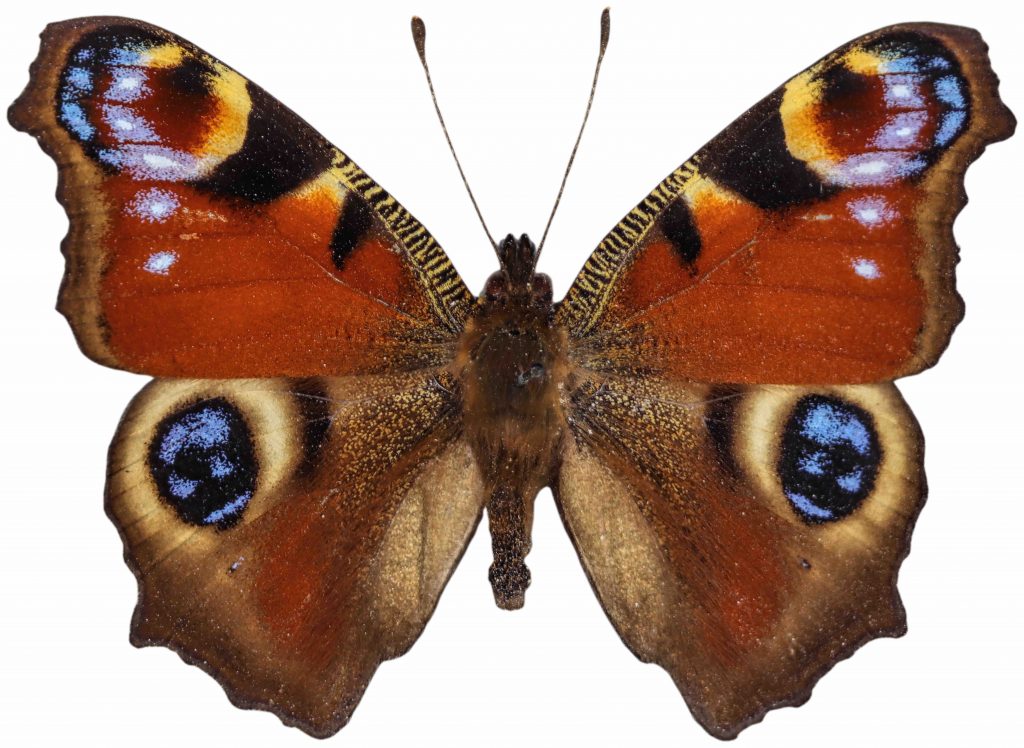Enjoy this article?
Most Museums Journal content is only available to members. Join the MA to get full access to the latest thinking and trends from across the sector, case studies and best practice advice.

If, in 1831, Leonard Jenyns had accepted the offer from Captain Robert FitzRoy to become the ship’s naturalist for HMS Beagle, history might have turned out very differently. Instead, Jenyns recommended a certain Charles Darwin for the classic voyage that led to the latter’s realisation of evolution
by natural selection.
Jenyns was a meticulous ornithologist, entomologist and botanist. He was one of the first to keep detailed notes on the phenology – or life cycle – of the organisms he studied where he lived, in Bottisham, Cambridgeshire. Luckily for us, he kept notebooks, neatly handwritten between 1829 and 1849, which have survived in the archives of the Cambridge Museum of Zoology.
He was perhaps the father of phenological study, before anyone dreamed how this kind of data could directly relate to anthropogenic and natural change in both habitats and climate. Importantly, Jenyns also collected specimens. Those in the museum are labelled “Cambridge Phil. Soc.”, the society to which his collection was originally donated, though just to note here, it is not clear if any of Jenyns’ specimens are displayed in this exhibition.
People now have a chance to view arrays of specimens from the Museum of Zoology. These butterflies – many from the environs of Cambridge and recorded in Jenyns’ notebooks – represent 200 years of local recording.
These days, for the public to view pinned insects for themselves is the exception in a historical museum exhibit, so it is even more exceptional to then discover why such collections might still be relevant and important today. After all, most of the 55-odd resident UK butterflies can easily be identified by photos. There is nevertheless a strong public awareness, both from personal experience and the daily news, that our environment is changing at an unprecedented rate.

Most of the habitats as they existed in the 19th century are long gone, and so people may be curious about what the experiences of past naturalists may have been like. In East Anglia, the Fens are relics of such vital butterfly habitats, but even they have changed drastically through drainage and other threats. No longer do the Cambridge Fens harbour the iconic native species of the stained-glass-like wings of Swallowtail butterflies that Jenyns recorded in a detailed note as “in the greatest plenty”.
The Large Copper disappeared from Whittlesea Mere by the time it was drained in 1851. The Chequered Skipper is also gone, and supposedly the Scarce Copper, too – though a tantalising reference is made to its past occurrence at the Isle of Ely.
So, the availability of Jenyn’s notebooks brings a rich early 19th-century naturalistic experience back to life. Even he noticed striking changes, describing Cambridgeshire, before 1850, as “a county which, through drainage and enclosure, has lost of late years so many of its rarer species”. This is fascinating for those who may think of insect decline as a phenomenon of the last decades since the great wars.
From a scientific viewpoint though, there is no formal baseline for recording abundances and diversity of organisms back to the 19th century. Butterfly transects have only been standardised since about 1976. However, butterflies are among the most noticeable and flamboyant day-flying insects. They are therefore a practical group to use to assemble local historical records for this exhibition, and may be regarded as a kind of surrogate for all the changes in local biodiversity.

The exhibition focuses on 13 butterfly species – 12 of which are local – that have been especially impacted by two centuries of changes, and charts population increases, relative stability, decreases, or extinction.
The modern status of species is taken from The Butterflies of Cambridgeshire book published by Butterfly Conservation Cambridgeshire & Essex Branch in 2006.
Brief accounts from British researchers are displayed on the pillars on the upper and lower floors. Their photos are also in the brochure, showing many of them working at Cambridge University. They are associated with modern research on butterfly species of particular interest, including the last director of the museum, Paul Brakefield, whose special research was inspired by the Meadow Brown butterfly.
These researchers have an amazing knowledge of butterflies and it is satisfying to see how many species have been, or are being, actively worked on. Although in the case of one, the Large Blue, there is no evidence this was a Cambridgeshire butterfly, despite its relevance in terms of extinction, reintroduction, and habitat management.
The exhibition starts on the upper floor, at the same level as the shop, with a general collection of British butterfly species presented without data. Then there are trays of 12 representative butterfly species from the collection with original data labels from all over Britain, a few of which are from Cambridgeshire. These have transcribed notes from Jenyns’ writings with an arrow indicating whether the species has increased, declined, or become extinct.
The exhibition is easy to access and there is a lift and wheelchair access to most areas. One area that doesn’t have lift access is a display to inspire children, with new local projects such as the insectary at Cambridge’s Trumpington Meadows.

On the lower floor, there is a case devoted to Jenyns, which includes information about his collecting and some notes of his, as well as information on modern approaches to butterfly research, such as data loggers and initiatives to vary the range of microclimates at sites using artificial u-shaped butterfly banks.
This allows visitors to see how efforts are being made by conservationists and museum zoologists and ecologists to reverse the historical trend of butterfly declines by conserving and restoring Cambridgeshire habitats, such as those of Wicken Fen and Whittlesea Mere. However, attempts to bring these habitats back into condition for the Large Copper and Swallowtail have so far failed. The Chequered Skipper has at least been reintroduced into Nottinghamshire.
The overall visitor experience is excellent. The Butterflies Through Time exhibition is scattered across all floors, but is mostly accessible to all and with a brochure it is easy to follow the thread throughout. The general sign outside to the Museum of Zoology is a little misleading, though, since the arrow leads visitors to the Conservation Centre.
The interpretative panels and cases are at heights more or less visible to all. However, wheelchair users might have to hold up mobile phones to read all the panels. The displays are of good quality, succinctly written without obvious errors, and well lit, although the lighting on the text is inevitably marred by shadows and reflections. There are no sophisticated interactive components.
An interesting examination of local lepidoptera, the exhibition is supported by the Esmée Fairbairn Collections Fund, which is administered by the Museums Association.
The exhibition may just focus on butterflies and flag up how climate change affects the diversity and survival of many butterfly species. However, overall it provides an interesting approach in highlighting the need to address the impending climate and ecological emergency.
Most Museums Journal content is only available to members. Join the MA to get full access to the latest thinking and trends from across the sector, case studies and best practice advice.